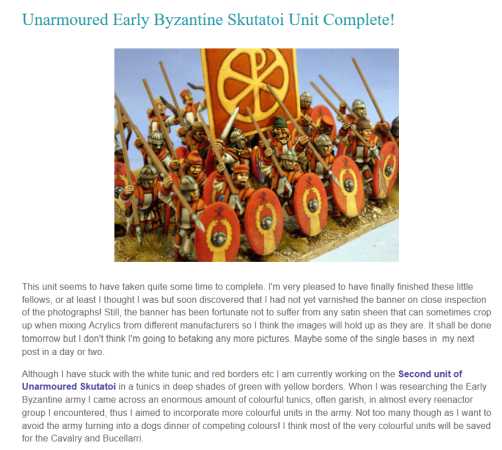The idea of this set sounded like fun, and I thought they might make a good diorama or display base sort of set-up. ![]() Editor in Chief Bill
Editor in Chief Bill ![]()
![]() agreed to let me run amok and make up a base for this crew, so that is where this write-up is focused.
agreed to let me run amok and make up a base for this crew, so that is where this write-up is focused.
The cavemen figures are reasonably animated, and looked to me like they were in the middle of a hunt. The Giant Armadillo does not look terribly concerned with this hunt - but then again, I saw plenty of pre-road-kill armadillos when I lived in Texas, and they never looked concerned, either. The "armadillo" is more properly a Glyptodon, which would put this group of cavemen sometime in the Pleistocene epoch.
To start off this project, I needed a piece of wood. I checked a lumber supply shop near my studio and was not happy with the selection, so I checked around a bit more. I found that the best match for what I wanted was actually a cutting board from the local home center. It was 7 3/4 inches by 9 ½ inches, and was just the size I was looking for.
The first step was to sand down the top of the board to give it a good, rough surface to hold glue. Then I glued down Styrofoam (expanded polystyrene) to start the surface elevation - one sheet glued down to cover the entire board. Then a second sheet was then glued on top of that, covering only the back 4 inches. Finally, a third sheet on top of the second, covering the back 2 inches or so of the board. This gave 3 levels of elevation to work with, and allowed for the placement of the holes to accept the figure bases.

Now the piece needed time for the glue to dry, so it was a good chance to get bases on the figures. The cavemen were glued on to round slottabases, so they would be uniform. The Giant Armadillo was a bit odd-sized, so we made a round base for him out of dental plaster.
Next, we marked the foam where we wanted each base to go (just put the base on, and draw a circle around it). Then it was time to start removing foam to get a more natural look to the landscape, and create the holes that will seat the figure bases.
This was done by removing foam with an X-acto knife, tweezers and fingers. The edges of the foam were beveled down toward the edge of the wood at the front of the diorama. This creates a bit more natural-looking edge.









